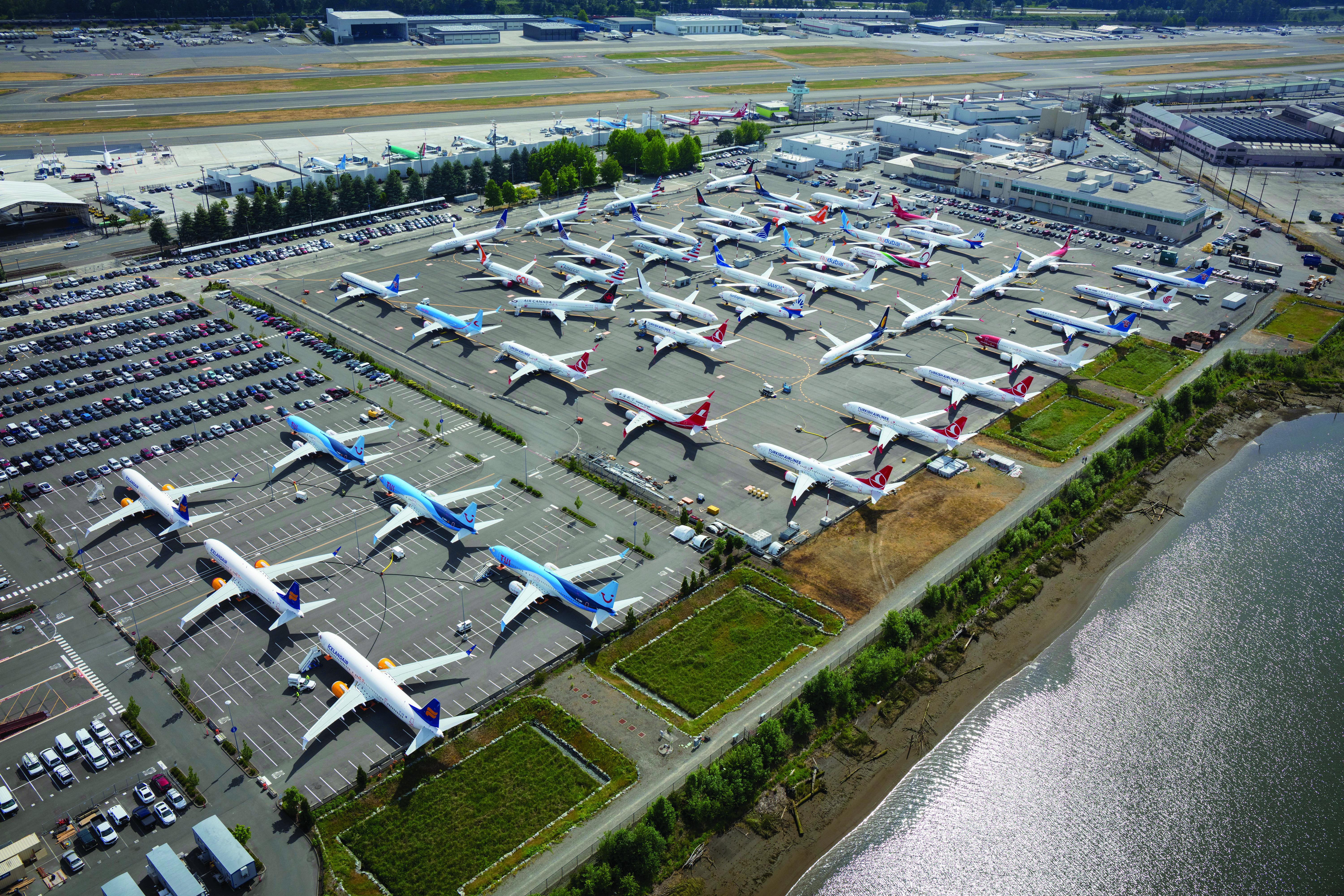機材の退役と長期保管を加速する、新型コロナウィルス

新型コロナウィルスへの不安により予約数が激減したとき、減便して機材を保管に回す判断は航空会社にとって苦痛を伴うものではあったが、その判断自体は簡単だった。その後、各国政府が渡航制限の緩和を始め、需要回復の兆しが見え始めた中で、今度こそ本当に難しい判断を迫られることになる。
需要の回復が始まると、航空会社はどの機種を何機用いて運航を再開するのか、それを最も経済的に実現できるのはどんな方法か、当面使用しない機材はどこでどのように保管するのか、どの機材を退役させ、そこからいかに利益を生み出すか…といったことを判断していく必要がある。
一体どれほどの機材が長期保管、貨物機への改造、部品取りに回されるのだろうか?ある試算によれば、現在地上保管されている機材のうち、2020年末までにほぼ通常通りの運航に戻る機材は5,000機にも満たない。つまり、残された実に8,000機近い機材は長期保管、解体、部品販売といった運命をたどる可能性がある。
Grounding aircraft when bookings collapsed for fear of coronavirus was a painful but easy decision for airlines. Now come the hard decisions as government restrictions on flying begin to ease and airlines see a glimmer of hope for consumer demand.
As the recovery begins, airlines must decide which and how many aircraft to put back into service immediately, how to get them back most economically, where and how to store the aircraft not needed soon, which aircraft to retire and how to wring the most value out of their retirement.
How many aircraft will need to be stored long term, converted or parted out? A working estimate is that not more than 5,000 of the worldwide currently parked aircraft will return to some semblance of normal utilization by the end of 2020. That could leave as many as 8,000 aircraft whose fate is unknown with options like, long-term storage, tear-down, or asset sales.